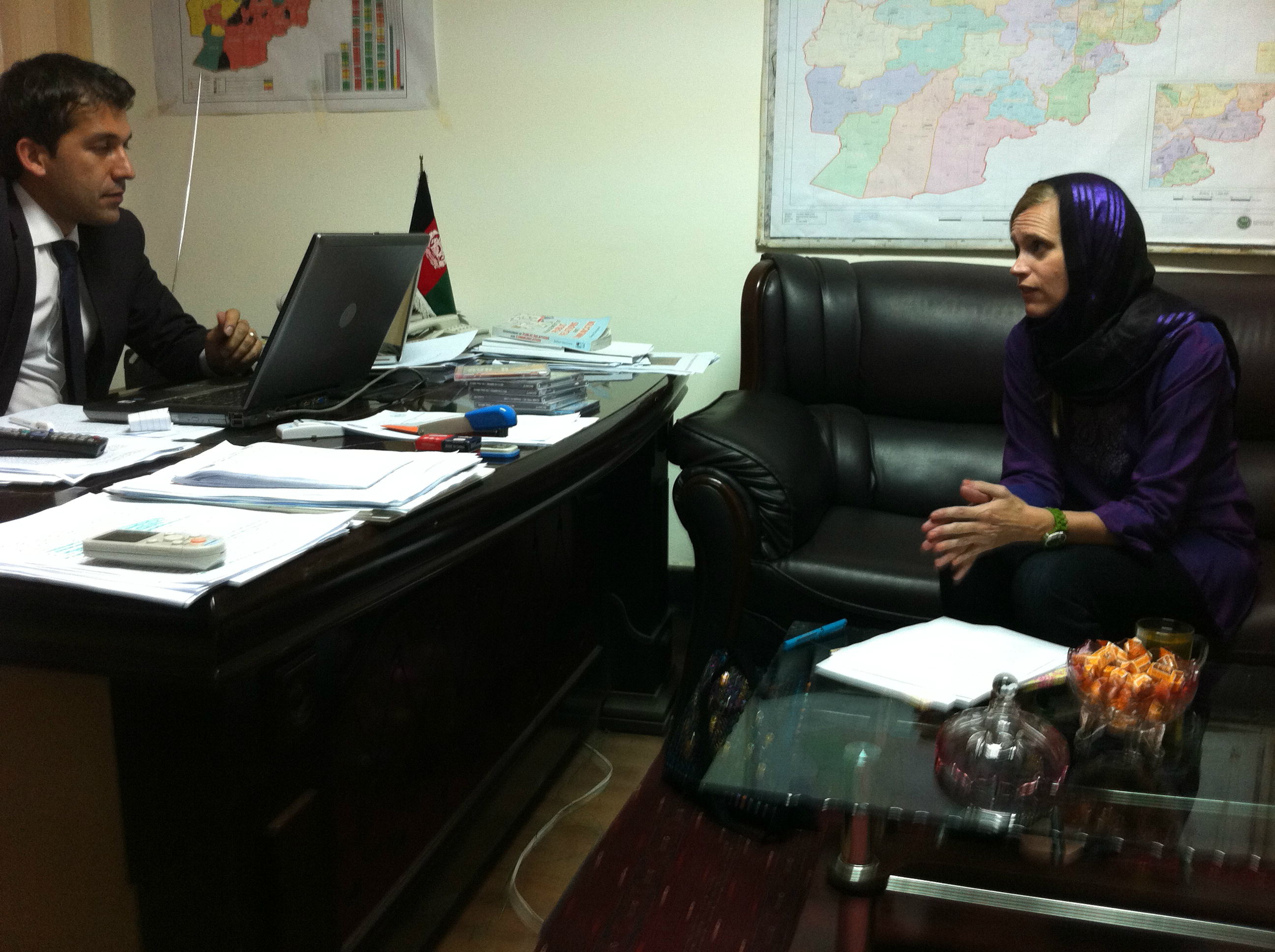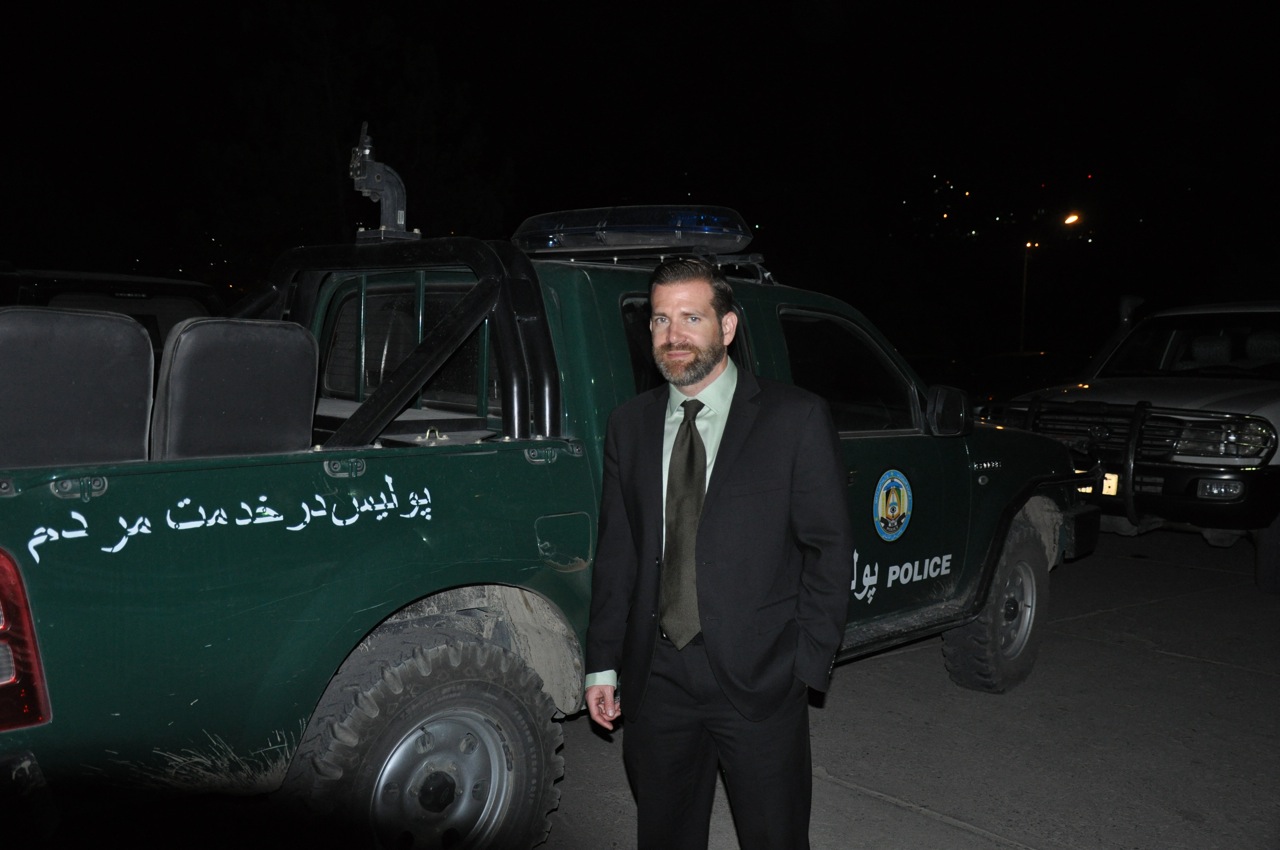Introducing the Digital Diplomacy Bibliography Digital social media technologies have become part of people’s everyday life. They also have an impact on diplomatic practice and the way governments engage foreign publics...
KEEP READINGThe CPD Blog is intended to stimulate dialog among scholars and practitioners from around the world in the public diplomacy sphere. The opinions represented here are the authors' own and do not necessarily reflect CPD's views. For blogger guidelines, click here.
Stopping the "Tet" Effect: Counters to the Insurgent's Attack of Choice (Part 2)
Part 1 of this post can be found here.
Leveraging Social Media When the Shooting Starts
Over the last few years, if not months, a social media network of the Afghanistan-based media, government spokespersons, intellectuals and Afghan citizens has emerged in Kabul. Some of these include Kabul based international journalists from the New York Times, Al Jazeera and the Washington Post, as well as non-governmental organizations such as Pressistan.
“I believe with the journalists here, getting to know us as individuals, as well as military public affairs professionals, has earned their trust and confidence in us providing an accurate picture from the ISAF perspective on the issues,” said Cummings.
During each incident, this circle has continued to grow and has provided near real-time updates on the situation. The multitude of sources adds to a wealth of information and credibility to counter insurgent messages.
“During the April incident, social media was key at getting out the facts that the Afghan National Security Forces (ANSF) were in the lead for responding to the multiple attacks of over 25 insurgents around Kabul,” said Cummings, “Many of the Kabul-based media organizations monitor the ISAF Twitter and Facebook pages, which is how many first learned and realized that it was the ANSF and not ISAF leading the response to the insurgent attacks.”
Photo 2: Kabul, Afghanistan, July 16, 2011: During a Subject Matter Expert Exchange (SME), U.S. Navy PAO, Lt. Cmdr. Kaye Sweetser, instructs Afghan Ministry of Interior Spokesperson, Sediq Sediqqi how to effectively use leverage Twitter and Facebook to rapidly disseminate information to the media and the public.
The information sharing through social media has become so quick and effective that the group I ran was no longer required to be in a central location with our Afghan counterparts. Once everyone leveraged Twitter and Facebook to share breaking reports before they hit the news, we were able to be anywhere. It also left us less vulnerable to force protection risks by always being in one place.
During this April’s attack, Sediqqi once again used social media to help feed the conversation within the social media circle to provide information on the Afghan security response. In addition, several members of the Twitter group shared information on the civilian casualties the insurgents were causing.
On April 15, Pressitan was one of many reposting statements from Sediqqi on the so called “Taliban Tet”. “Let them try it,” said Sediqqi, “they will face the same fortune as today, Afghan Police killed 19 insurgents today, they had no achievement.” (Sediqqi, 2012).
The Tweets continued to reverberate throughout the day, as Sediqqi provided updates and the media also provided what they knew. It was a continuous information sharing cycle. (Guardian, 2012).
“I am enormously proud of how quickly Afghan security forces responded to today’s attacks in Kabul,” said ISAF commander General John Allen in statements that were also picked up by the social media circle and re-Tweeted. “They were on scene immediately, well-led and well-coordinated. They integrated their efforts, helped protect their fellow citizens and largely kept the insurgents contained,” said Allen. (ISAF, 2012)
The U.S. Ambassador to Afghanistan, Ryan Crocker, also came out with statements picked up by media and social media, saying that the ability of Afghan security forces to respond to the attacks was a “clear sign of progress.” (Arabiya, 2012)
The media also noted that Afghanistan's elite counter-terror teams had performed particularly well in this response and those over the last year, stating that, “A striking aspect of Sunday's attacks were how very few civilians appear to have been hurt or killed in the fighting, a sign both of the attackers' targeting of high-profile targets such as embassies and ministries, as well as the growing capability of the Afghan security forces,” wrote Jon Boone of the Guardian (Boone, 2012).
Photo 3: Kabul, Afghanistan, July 2011: U.S. Navy Public Affairs Officer (PAO) Lt. Cmdr. Joshua Frey. As an Afghan Hand, Frey led an outreach group from Headquarters, International Security Assistance Force’s (HQ ISAF) Communications department responsible for forming partnerships with the Afghan government.
Unlike the aftermath of the Tet Offensive, the U.S. and the Afghan government were not just forthright with information: the information was near real-time with the use of social media. Social media also allowed journalists and citizens to participate in the information flow, thus engaging in a conversation to point out the quick response by Afghan Security Forces.
“The media will continue to play a critical role in all forms of war and, just as with initial military reports, initial press reports are apt not to be accurate,” writes Thomas Hammes, “Even more problematic is the huge increase of types of reporters who will cover any event. Much of that coverage will be unedited, live footage…the rapid dissemination of accurate, credible information can make or break the counterinsurgents’ effort. We must go beyond ’disgust‘ with inaccuracy of the past and try to understand how the press relates to the future conduct of war.” (Hammes, 2006, p. 72).
While still evolving at incredible speed, the current use of social media is a dramatic step in the right direction that can help make the counterinsurgent successful at providing truthful information to the public before the insurgent can distort the perception of the event. In this sense, “the raw-unedited live footage” that Hammes wrote about is an advantage because it illustrates an effort on the part of the government and military to provide timely information. This action alone can go a long way to build trust and credibility with the media and the public. Social media allows the government, military and public to become part of the information sharing, which also builds trust because it is a mutual action. Thus, the more the populace has a share in the information flow, the more credible the information will become. In future conflicts, the will of the civilian populace will likely remain a crucial center of gravity. But with the prevalence of information sharing in today’s media environment, the efficacy of the “Tet Effect” may be at an end.
The opinions expressed are those of the author and not necessarily the official policy or opinion of the Department of Defense
Visit CPD's Online Library
Explore CPD's vast online database featuring the latest books, articles, speeches and information on international organizations dedicated to public diplomacy.
POPULAR ARTICLES
-
November 3
-
November 5
-
November 13
-
October 16
-
October 16
Join the Conversation
Interested in contributing to the CPD Blog? We welcome your posts. Read our guidelines and find out how you can submit blogs and photo essays >.















